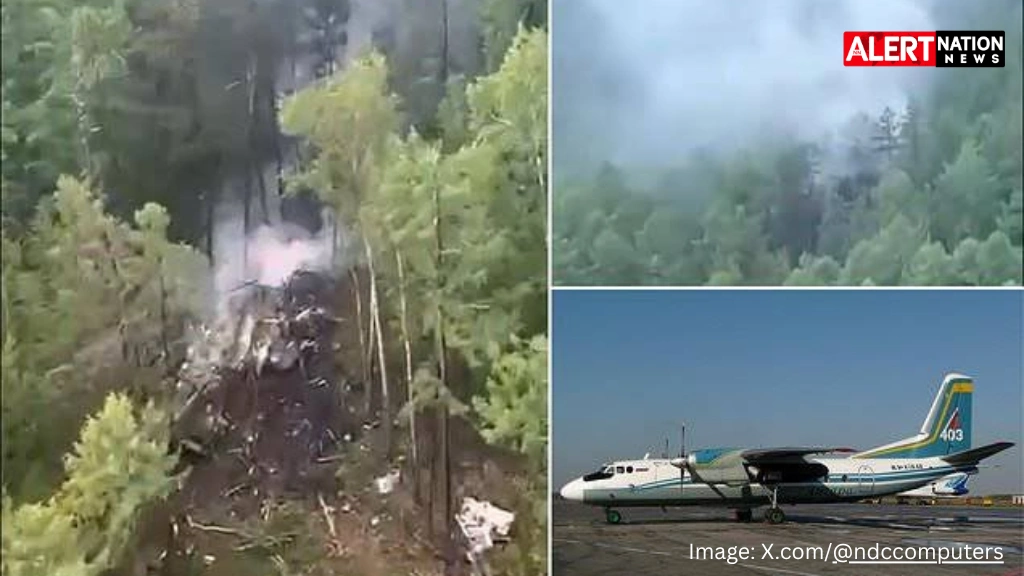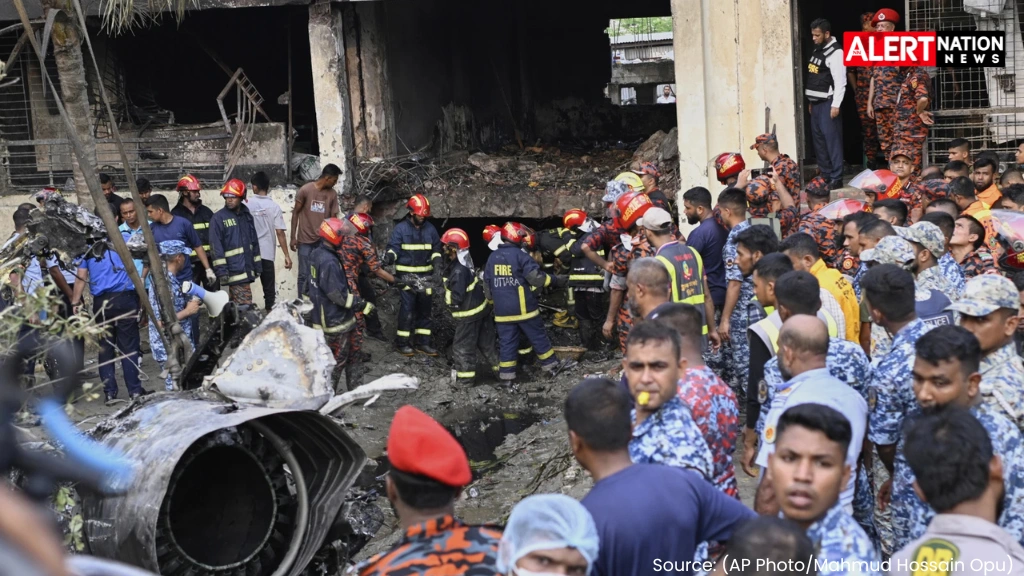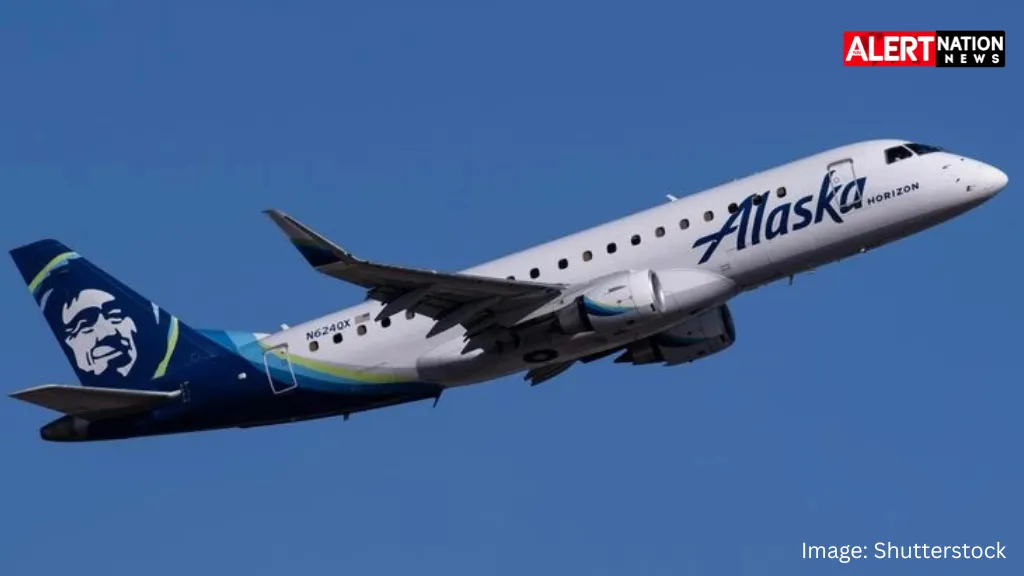TYNDA, Russia — A Russian passenger aircraft crashed into a mountainside in the remote Amur region on Thursday, killing all 49 people on board in one of the country’s deadliest aviation disasters this year.
The Antonov An-24 twin-turboprop aircraft, operated by Siberia-based Angara Airlines, went down near Tynda airport while attempting to land in severe weather conditions. The plane, built in 1976, was carrying 43 passengers, including five children, and six crew members when it disappeared from radar during its second approach to the airport.
Rescue teams located the burning wreckage approximately nine miles from Tynda airport in dense forest and mountainous terrain, using an Mi-8 rescue helicopter to reach the crash site. Officials confirmed no survivors were found, with the aircraft’s fuselage discovered engulfed in flames.
The crash occurred as the aging aircraft battled through low clouds and driving rain, hampering visibility during the landing attempt. Preliminary reports from Russia’s state news agency TASS suggest crew error during the challenging landing conditions may have contributed to the tragedy.
The Antonov An-24, a workhorse aircraft introduced in the 1950s, continues to serve remote routes across Russia despite its advanced age and a troubling safety record in the country’s far-flung regions. The aircraft type has been involved in numerous accidents over the decades, raising ongoing concerns about aviation safety standards for older fleet aircraft.
Russian authorities have deployed emergency response teams and investigators to the crash site to determine the exact cause of the accident. The investigation is expected to focus on weather conditions, crew performance, and the aircraft’s maintenance history.
This latest tragedy underscores the persistent challenges facing aviation safety in Russia’s vast and often inhospitable terrain, where aging aircraft frequently operate in difficult weather conditions to serve isolated communities.






